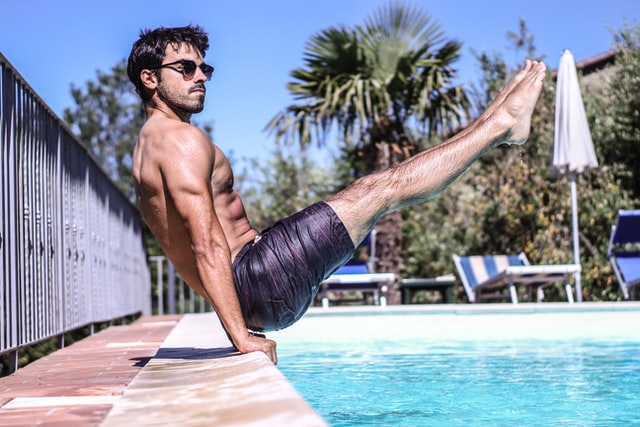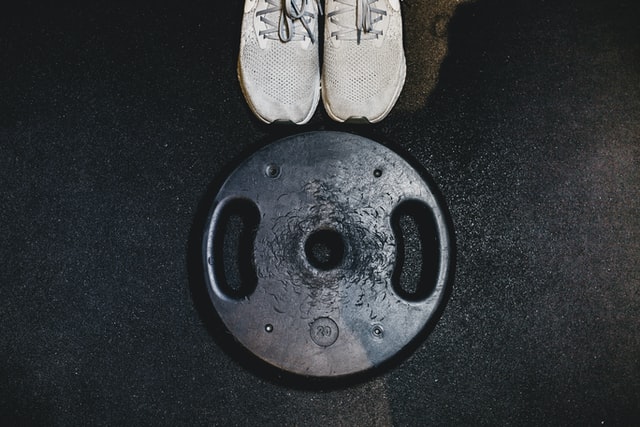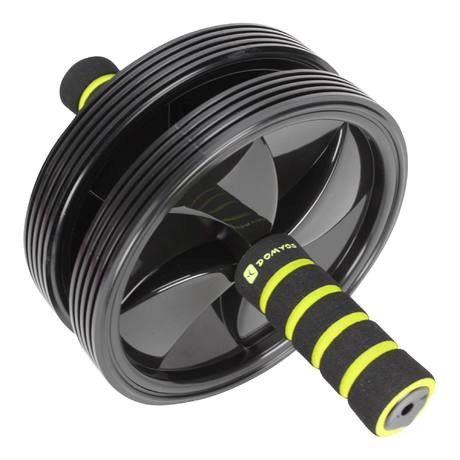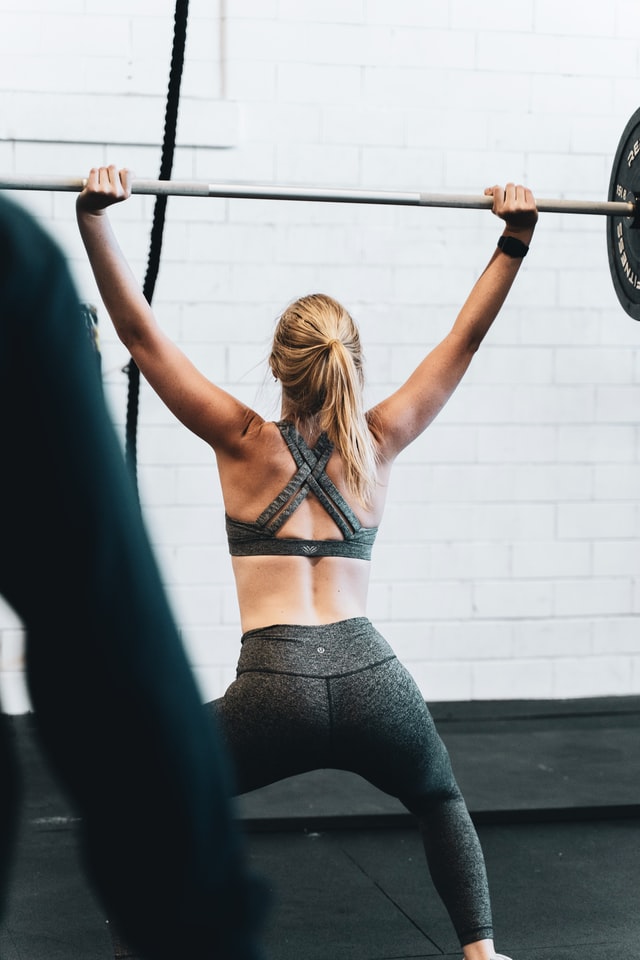When you train at home, you often don’t know how to approach your training because you don’t have the regular equipment and resources you would find at a gym. These are some of the best basic exercises to do at home.
If you don’t already know Fitenium is a free, mobile and video-based social network for users who train strength and/or body weight exercises. At Fitenium users can find free personalized routines, follow their performance, compete and get discounts at nutrition stores and sports equipment. Download it here.
How can I organize my routine?
In the words of Professor Stuart McGill, one of the most important researchers in spinal function, organizing basic routines based on anti-exercise exercises is a good idea.
“The best way to approach basic training is to avoid movement, not create it.”
It also shows that core muscles should be considered brakes, not accelerators or movers.
Here’s how to organize our routines at home.
Basic Anti-Rotation Movement: Palof Press
To perform this exercise, if there is a miniband or elastic band of any type that can be attached to a fixed structure, Enough. The key to this exercise is to generate a twisting force in the spine that needs to be counteracted. It’s all about turning. Not to mention preventing turnover. Make sure you do it on both sides.
Eight reps in two to four sets is a good way to start. If you want to do it isometrically, you can do it for 10 seconds straight.
anti-extension exercise: Dead Bug
If you have never performed a Dead Bug, you should ideally do it first without any material controlling spinal extension or non-vertebral extension.
If you have already mastered this exercise only with your body, you can proceed to one of the following variants:
The second is made of pulleys, but you can change the rubber pulleys that were previously used on Presparov.
2-4 series of 6-10 repetitions per side are the adequate doses for this exercise. The goal is not to stretch the spine, that is, to emphasize the curvature of the lumbar lordosis.
Basic anti-flexion movement: gluteal bridge
The glute bridge is generally considered the basic hip extension exercise to move the gluteal muscles, but this exercise is especially an unstable and elevated surface, such as weights or a fitball.
Ideally, you should start exercising with your own weight.
Good progress is as follows: weight glute bridge, external load glute bridge, one side glute bridge (one leg), upper glute bridge, upper side glute bridge.
6-10 repetitions in 2-4 series. It’s hard to do on one side, so get down to the bottom of your responsibilities. If you feel hamstrings instead of gluteal muscles, remember to do a pelvic inversion during the movement and emphasize it at the end of the concentric phase.
Basic Isometric Movement: Side Plank
This is a very affordable exercise that we can do anywhere. For isometric core exercises, Stuart McGill advises not to exceed a time of 8-10 seconds, as this is when the muscles are no longer supplied with blood and oxygen and stabilization function is lost. Is recommended. Ideally, add more sets and continue without extending the length of the set.
4-10 series of 8-10 seconds resting for 5-10 seconds.
Star Exercise: Turkish Rising
If you have mastered the previous exercise with more advanced variations, we recommend that you try the Turkish lift, which is an exercise that combines all the patterns you have seen so far. You can use the required external load. You don’t have to be a dumbbell. Learn the steps well and use your feet and hands to perform the steps in the correct order as the movement progresses.









